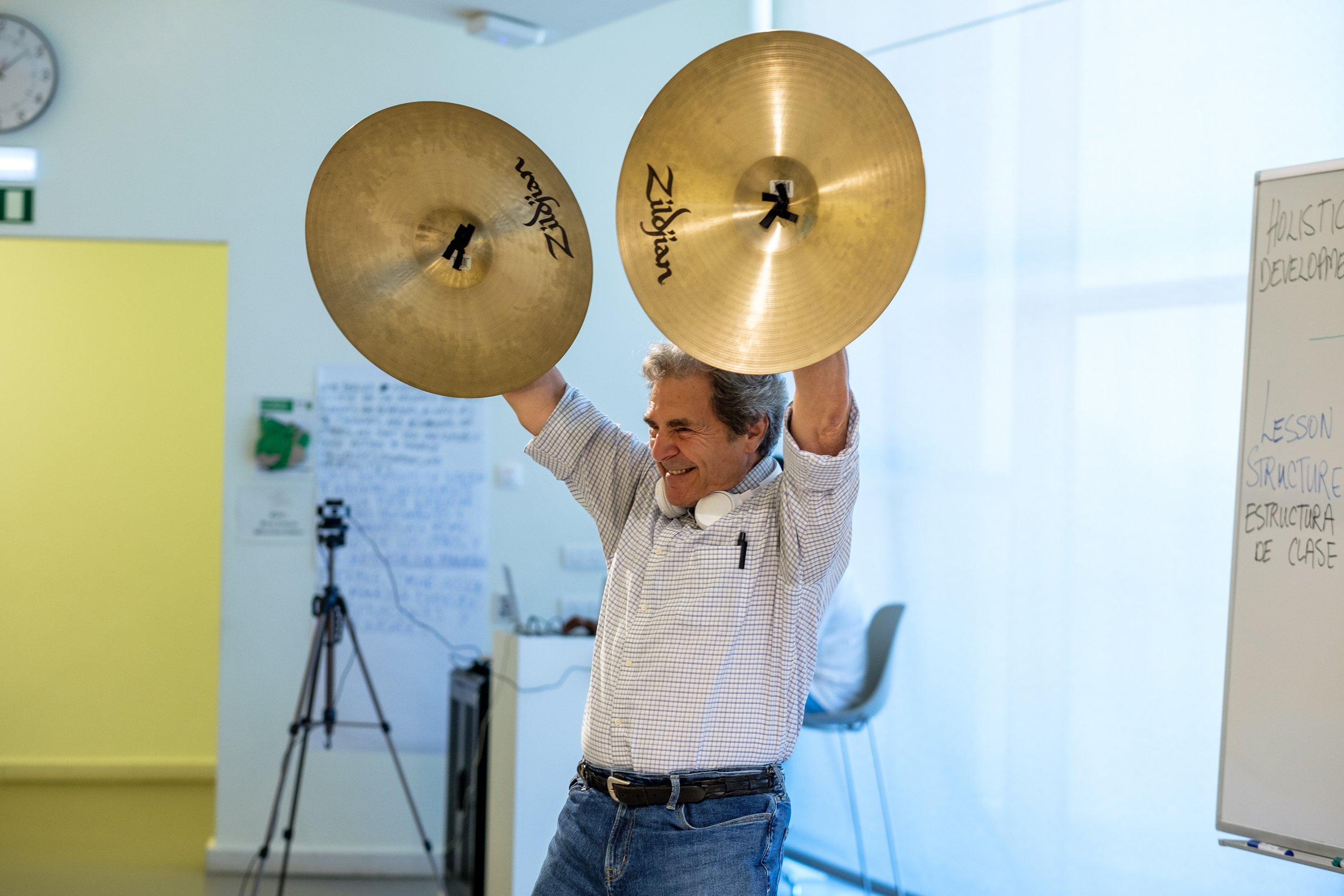
Ivan Gonzales
Photography
Dedicated to the Power of Teaching Artists
For 46 years, I have poured my energy into the field of teaching artistry, knowing that these skills deliver creative solutions to challenges and open innovative opportunities for individuals, institutions and communities.
Projects on the Front Burner
I co-founded ITAC in 2012—it is the first and largest global network of artists who work in schools and communities to create social impact. Join it; build this field!
As a Founding Advisor and Faculty Member, I help AIM advance the global field of music for social impact toward its full potential.
I co-founded CEL in 2012 in Vermont, where we built a statewide faculty of teaching artists who can maximize creativity in schools and communities. The new NETAC / New England Teaching Artist Collaborative builds the regional capacity for teaching artists to design and lead “thriving community projects.”
This 2023 book of mine is the first book about the field for those who don’t already know it. Translated into Spanish, Chinese, Japanese, Dutch and soon Portuguese. The 5,000 New Advocates project has introduced thousands of readers around the world to the field, or deepened their connection to it.
I was the Founding Publisher (still an editor) of the free monthly publication that connects the hundreds of music for social change programs around the world.
I’m on the Board of this AmeriCorps teaching artist service year that places recent arts program graduates in U.S. public schools.
Things I’m Thinking About
Every year I write an end-of-year letter to family and friends, a resonant story or thought. Here is the message I wrote to welcome people into 2025.
In February 2025, I visited six cities in Asia for 21 events. The eagerness I found to advance teaching artistry was invigorating, and I was astounded at the quality of excellent TA work that abounds.
I’m thinking about it because I am often asked about it. The Leadership Lab, developed within Lincoln Center Education (LCE), was the first time I got to design a training for the most experienced TAs. Sadly closed now, this essay describes how it worked.










